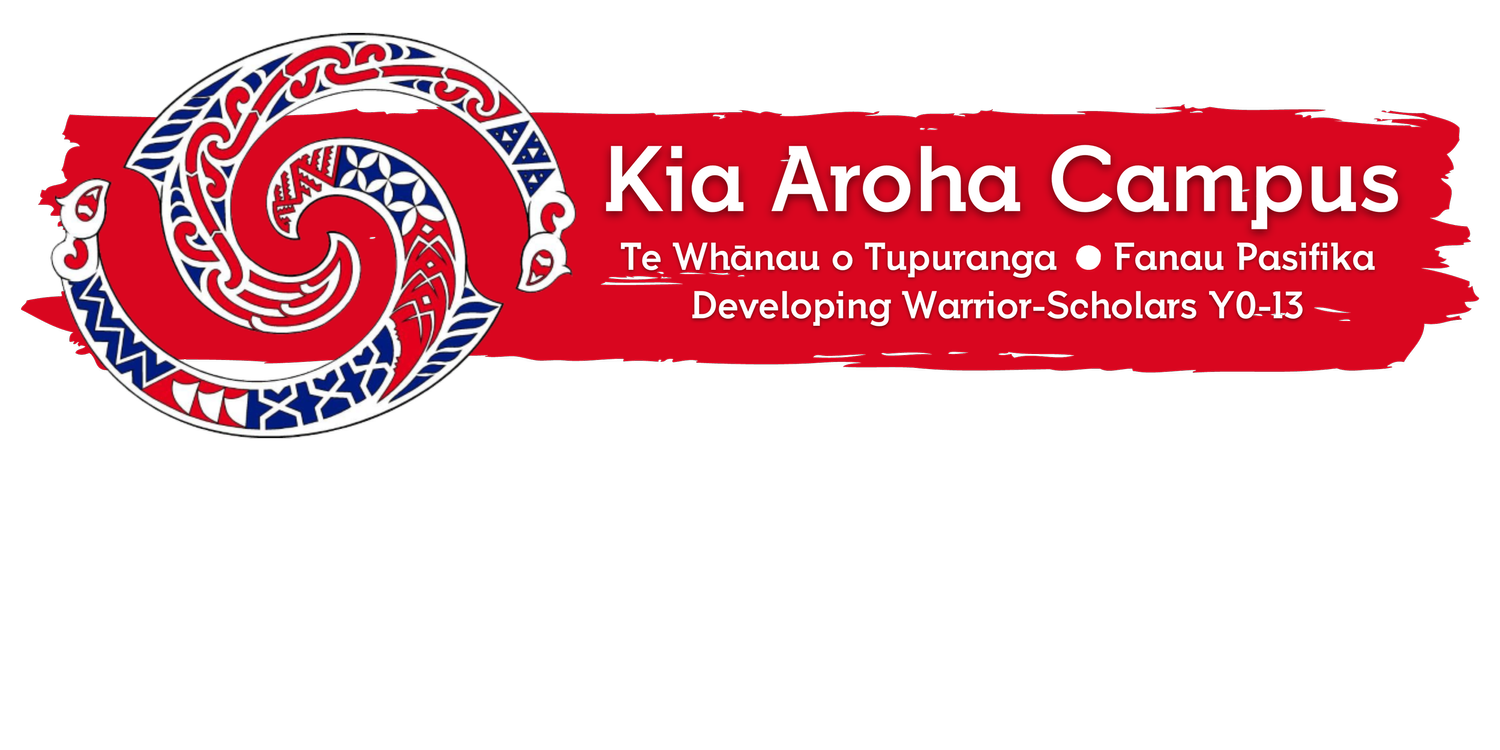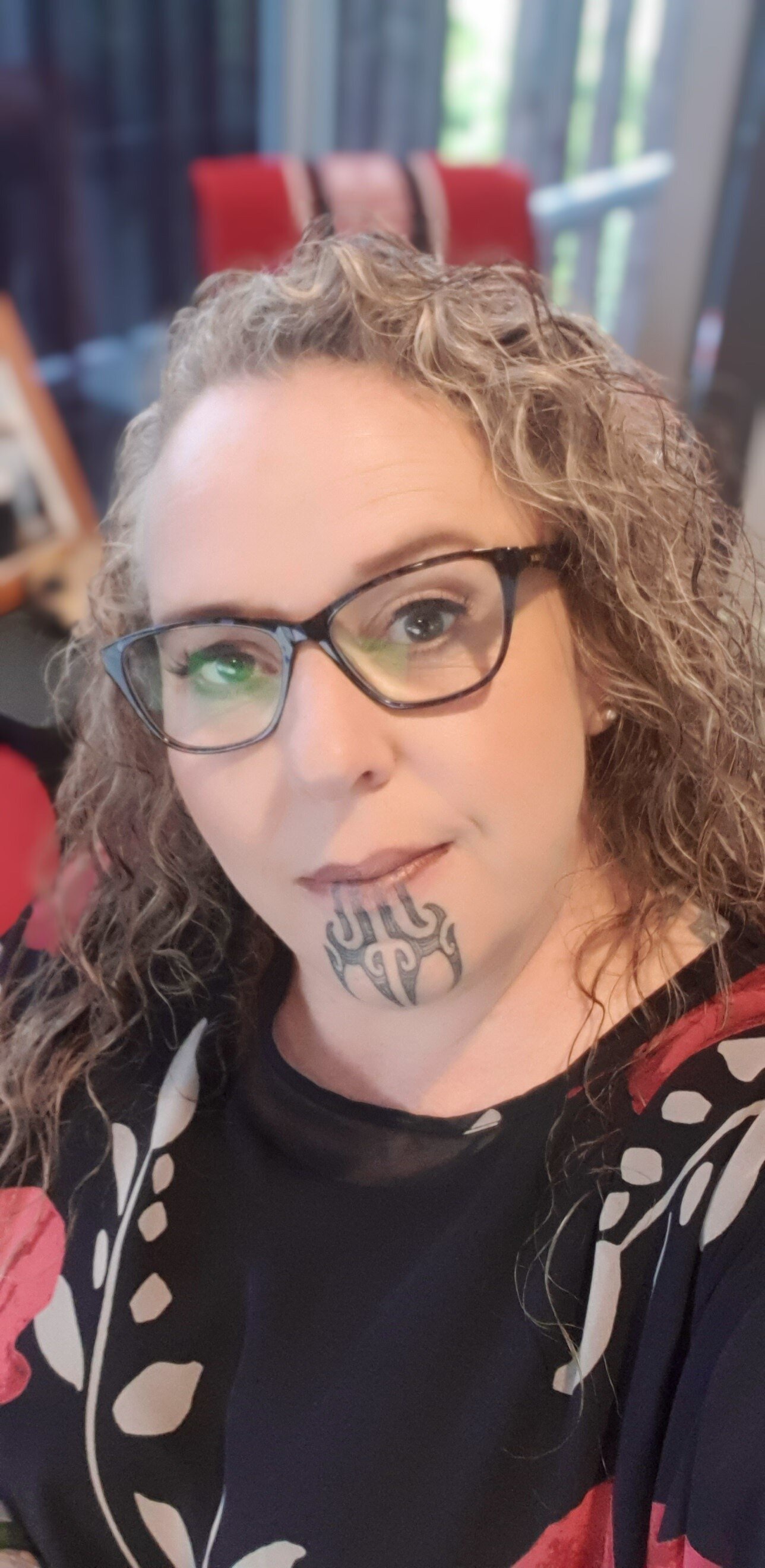180 Years On
/
On Wednesday, I challenged the students in Te Whanau o Tupuranga (our Maori Bilingual Unit) to think of action that they were going to take on Waitangi Day. Was it a day to celebrate – if so, what were we celebrating? Was it a day for protest, if so, what were they protesting? Was it a day to remember – if so, what were they remembering?
MY ACTION #1
That evening I went out to dinner at LoneStar in Manukau with my mother. I couldn’t help but notice the life-size figurine of a Native American standing in the front entranceway of the restaurant. I left a comment on their feedback form.
Given it's Waitangi Day tomorrow I feel it’s a great time to mention that having life-sized Native American figurines is cultural appropriation and demeaning. Given the behaviour of the early settlers in the US and the effect that behaviour and colonisation had, and continues to have, on indigenous people of that land I really felt uncomfortable about seeing that statue in the main entrance of the Manukau store.
Shortly after I had submitted my feedback I received the following reply …
“Thanks for your time and feedback. We apologise for any offense the life size figurines have given. To offend you in this way is the last thing we intended, and we have always endeavoured to showcase and advance knowledge of the forgotten plight and injustices of Native American people. We have passed your feedback on to the Lone Star Manukau leadership team, and will review the portrayal of the Native Americans in this manner.”
We’ve loaded $20.00 on to your Lone Star Loyal account to again apologise for any offense caused and thank you for raising this with us.
I am encouraged by the words of “we have always endeavoured to showcase and advance knowledge of the forgotten plight and injustices of Native American people.” The solution of offering a quick $20 to shut me up confirmed that the next time I go to LoneStar I will again be greeted by the Native American in full cultural regalia.
MY ACTION #2
In November during Halloween, I put a sign on my front door to discourage young people from knocking on my door asking for lollies!
The post was shared extensively, liked and commented on all over the place! I was surprised at how a quick sign (those of you who know me well, know I could have taken a lot longer to make it look much prettier!) made such an impact.
I thought I’d repost my sign on the eve of Waitangi Day.
“I think I'll put my sign back up and buy a heap of lollies tomorrow just in case kids in the neighbourhood want to take up my wero and answer some questions about Te Tiriti! #whakamanaitetiriti”
Funnily enough no knocks on the door – no need for me to hand out any lollies just more likes, shares and comments!
MY ACTION #3
I belong to the NZ Teachers (Primary) and NZ Principals Facebook pages. Over the past week on both pages have been a number of very proud teachers and Principals discussing their classroom “Treaties” that they have created in classrooms all over New Zealand as an activity that honours Te Tiriti o Waitangi. I was compelled to post myself late last night…
A Plea to all of you trying to validate Te Tiriti o Waitangi in your classrooms ...
If the basic flaw of the Treaty is that it was a document already drawn up by the Crown and then "sold" to people so that by adding their signatures they agreed to the Crowns terms. Subsequently, the Crown then reneged on its promises and only reminded people about the Treaty when it suited them, but for the most part, disregarded it as a partnership and didn't abide by the promises that were offered within it. (If it was a true partnership the "locals" would have been asked to participate and contribute to the principles too wouldn't they?) The crown, in fact, spent years creating laws to ensure that they didn't have to honour the promises in the Treaty - Native Schools Act, Tohunga Suppression Act etc).
Therefore please be aware that when you (the teacher/Crown) make “Treaties” as an exercise to set classroom boundaries and then encourage the locals / your students to sign it to agree - will you also only offer your expectations of them? only honour it when it suits you? and make up laws and other rules so that you don't have to honour it either?
If that is not the intended outcome of your activity - PLEASE erase the exercise from your arsenal of activities - so that you stop re-traumatising every Maori student in your class and perpetuating the inequalities.
Nga mihi.
Yet again I have been surprised by the engagement. A question was asked as to why some comments had been deleted from the post and I learnt that the administration team had in fact deleted several comments. Most of the remaining comments have been very supportive, someone suggesting my post was “brave” and another challenging anyone who disagreed with me to get out of teaching!
If the conversation needs to be "sanitised", it also leads us to believe that all NZ primary teachers are "nice", conscious, and keen to ensure our tamariki no longer suffer racism in our classrooms. While this may be true for the vast majority - and those who engage positively with posts like mine encourage me that the tides are turning, however those that have to justify their "Treaty" activities and those whose comments are deleted (the mere fact that there is a need to delete anything is worrying), says that maybe we are not in the position that we think (or want) to be in.
All teachers in New Zealand are required to “Demonstrate commitment to tangata whenuatanga and Te Tiriti o Waitangi partnership in Aotearoa New Zealand”. I personally believe that this should be required of all people living in New Zealand – not just those teaching our children! I am often asked what this should look like and how can we ensure it show up in our practice?
My answer is simple – honour is an action – it requires us to do something. “No action” is still an action – in doing nothing we indicate we are happy with, have no opinion about, or don’t see enough value in doing something about what’s happening. If every person I know DID something, and every person they know DID something else, imagine what we could get to.
Some suggestions for ACTION …
Use Te Tiriti o Waitangi – not The Treaty of Waitangi – find out the differences
Teach and Learn the indigenous versions of history – both NZ history and the indigenous perspectives of history throughout the world – not the sanitised “nice” or “white” versions that always leave out the indigenous piece.
Do or say something when racism shows its ugly head – every time.
Pronounce Maori names correctly and normalise Te Reo Maori in our schools, in our communities, everywhere. Progress your own Reo journey – learning some more and using it.
Understand what has happened to our whenua, the land confiscations, the land occupations and the varying perspective of ownership. Learn about Ihumatao.
Learn the history of the suburb you live in. Where did the name come from? What is the history of that place? What events have taken place in the past?
Teach children about fairness and what’s not fair, about equality, equity and sovereignty.
Acknowledge intergenerational trauma and the ongoing effects of colonisation.
Use words like hegemony and assimilation and letting our children have the information – rather than keeping it from them!
Find out about your own whakapapa and the histories of your people. Te Tiriti is not just about Maori and Pakeha.
What are you doing (not just in February when the “day off” reminds us) but every day or every week, to demonstrate your commitment to tangata whenuatanga and Te Tiriti o Waitangi partnership in Aotearoa? What are your “no actions” also saying?


